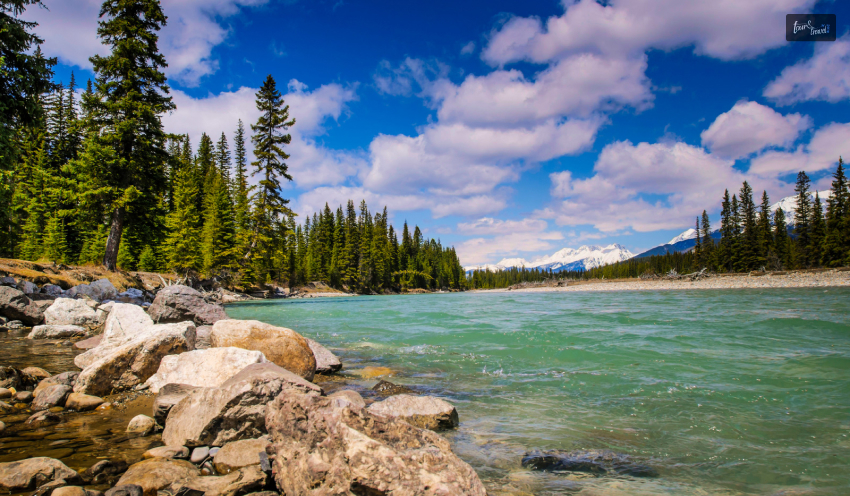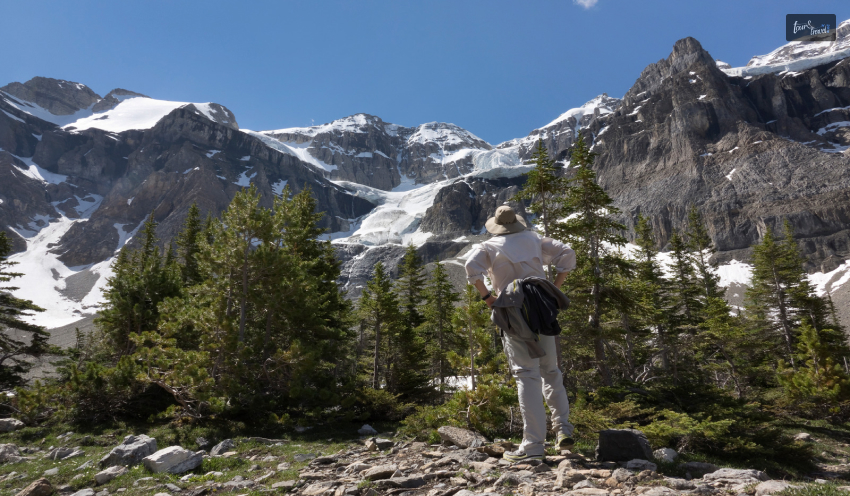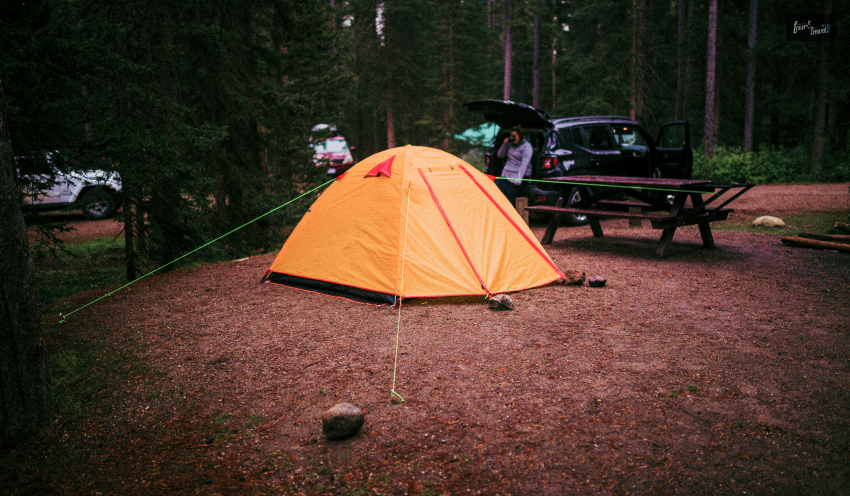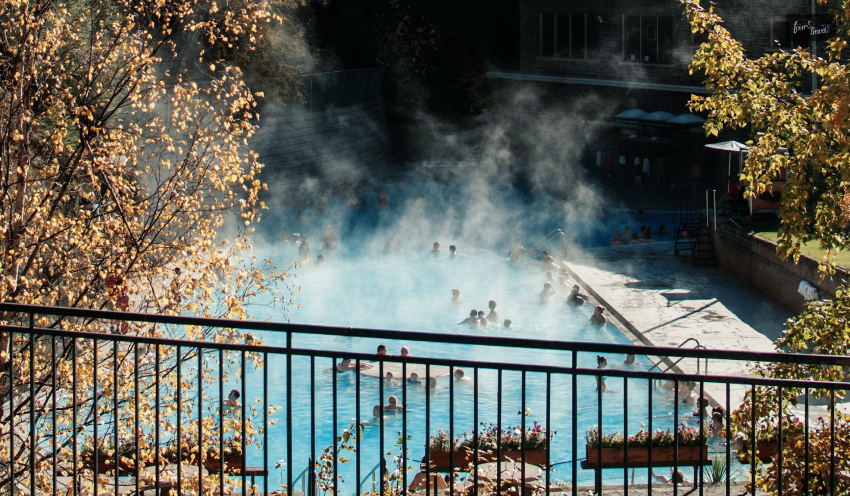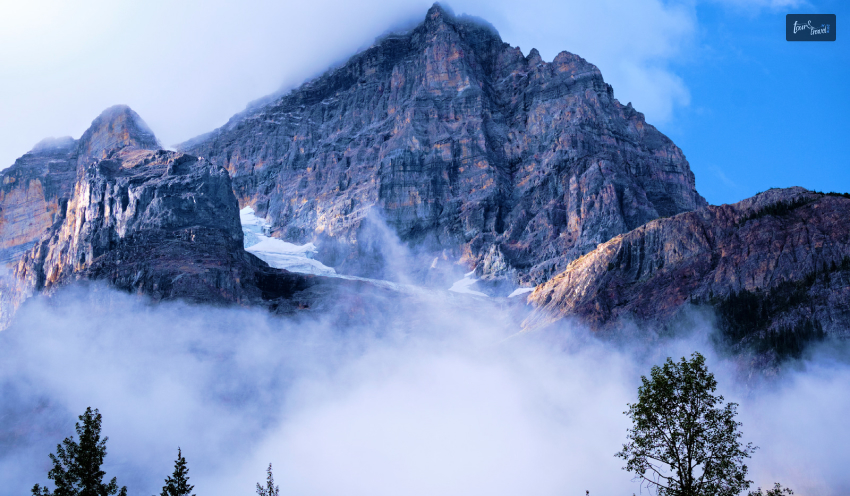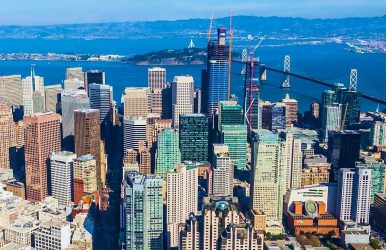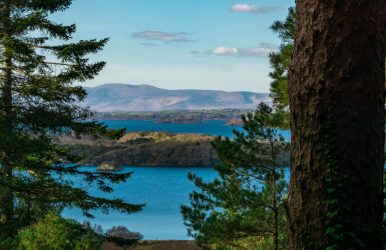Is San Francisco Safe? THIS is What You Should Know!
BY Abdul Aziz Dec 21, 2023
Overall Crime Rate54 per 1,000 (high)Most Common CrimePetty theftWorst NeighborhoodTenderloinSafety TipDon't go out at night or walk alone Is San Francisco safe? With over 14.8 million visitors in 2021, San Francisco is one of the most popular tourist destinations in the country. As they explore the city's landmarks and neighborhoods, tourists may find themselves overcome by the beauty, history, and attractions of the city. The city's language, culture, topography, and steep hills can make it somewhat difficult to get around on your own. This is all the information one should have before visiting San Francisco for the first time. For example, San Francisco's Mission District is one of the best neighborhoods. Another location that is suggested to visitors is North Beach. Although San Francisco is a lovely and friendly city, first-time visitors should be cautious and aware of their surroundings. There are a few important things travelers should know before departing for San Francisco. They are the safest neighborhoods for first-time visitors. Is San Francisco Safe? So, is San Francisco safe? In comparison to other large metropolitan areas, San Francisco is generally a safer city due to its low rate of violent crime. Having said that, it's crucial to exercise caution always and pay attention to your surroundings, particularly when traveling through unknown territory. Petty crime is the main threat in San Francisco, so if you want to be as safe as possible, you should stay away from some parts of the city. But you can simply avoid any dangerous areas if you have a basic understanding of the city and its neighborhoods. Mission District One of the most fantastic place to begin your exploration of San Francisco is the Mission District. It's conveniently located and teeming with art, culture, mouthwatering cuisine, and amiable locals. Travelers should always be mindful of their possessions because pick-pocketing can occur in busy places. North Beach Another fantastic neighborhood with lots to offer is North Beach. Due to its proximity to Fisherman's Wharf and the Golden Gate Bridge, tourists particularly visit this area. Once again, visitors should be aware of their belongings in crowded areas, and they should be fine. The Haight-Ashbury neighborhood is well-known for its hippie history, but it's also a great place to find unique shops, cafés, and bars. Visitors should just use common sense when visiting this area as it can get more crowded than others, and they should be fine. Nob Hill Another charming neighborhood with breathtaking city views is Nob Hill. Although the hilly streets are generally safe, visitors should exercise caution when walking on them in the rain. It is advised to stay in these neighborhoods because they are conveniently located near public transportation and in the heart of the city. On the other hand, tourists seeking a more suburban atmosphere can find it in Nob Hill. While there is much to see and do in San Francisco, a visitor can get a good idea of where to begin with this list. Crimes In San Francisco Most often, when people ask, "is San Francisco safe?" the issue is with thieves. Robbery and theft are the most common crimes in San Francisco. Due to the perception that they are more likely to carry cash and valuables, tourists are frequently the target of harassment. Pickpocketing and other small-time theft are prevalent in crowded places like marketplaces, public transportation, and tourist attractions. Additionally, robberies may happen, particularly in places where tourists are known to congregate. Always be mindful of your surroundings and make sure your possessions are safe. The likelihood of having your car broken into has also gone up in San Francisco over the last few years. When valuables are left in plain sight in the trunk or on car seats, this happens more frequently. Read More: Is Cabo San Lucas Safe? – Let’s Find Out! Things To Avoid In San Francisco Steer clear of the city at night when you're alone. It is not advisable for visitors to visit convenience stores and ATMs late at night. Although San Francisco is a beautiful and distinctive city, there are risks involved. Here are some things you should not do when in San Francisco. Visitors should use caution when strolling through some neighborhoods after dark. San Francisco is safe as long as you stay alert. While it's safe to stroll around most of San Francisco after dark, there are certain areas you should avoid. These include portions of the Mission district and the Tenderloin district. It is essential to seek guidance from locals or hotel staff if you are unsure about a particular area. Additionally, extreme caution should be exercised when using public transit late at night. While San Francisco's public transit system is excellent during the day, it can be dangerous at night. It is safer to stay in well-lit areas and avoid traveling alone whenever possible if one must use public transportation late at night. In general, especially after dark, ATMs and convenience stores are not safe locations to visit in San Francisco. It is advisable to arrange ahead of time and take out cash during the day. Because there are many hills and stairs in San Francisco, jogging can be an excellent exercise. Joggers should, however, always be conscious of their surroundings, particularly if they are going alone. To stay alert, they must stay in well-lit areas and refrain from wearing headphones. Best Time To Visit San Francisco The best time of year for most visitors to San Francisco is between September and November. Fall and winter are safer seasons in the city because there are fewer homeless people living there. The months of September through November are the greatest times to visit San Francisco. Cooler weather generally results in fewer homeless people being visible on the streets, making it a safer time of year for tourists. Nevertheless, San Francisco is a popular vacation spot in the spring and summer because of the pleasant weather in comparison to other Southern California cities. But it's important to keep in mind that San Francisco has a Mediterranean climate, with a rainy season that runs from November through March. The early spring is when it will rain the most, which can make for a wetter and colder vacation. Still, the city is breathtaking every single day of the year. You might want to think about taking this day trip to Yosemite from San Francisco. Wrapping Up Is San Francisco safe? Short answer: visitors to San Francisco only need to take standard safety precautions when visiting. Although many other developed cities worldwide are still safer than San Francisco, the city may rank among the safest in the United States (London, Paris, Sydney, and Tokyo, to name but a few in the world). Read Also: Is Barbados Safe? Why Do People Question The Safety In Barbados? Island Paradise Unveiled: Best Time To Visit The Philippines Is Costa Rica Safe For Visit For Travelling?

